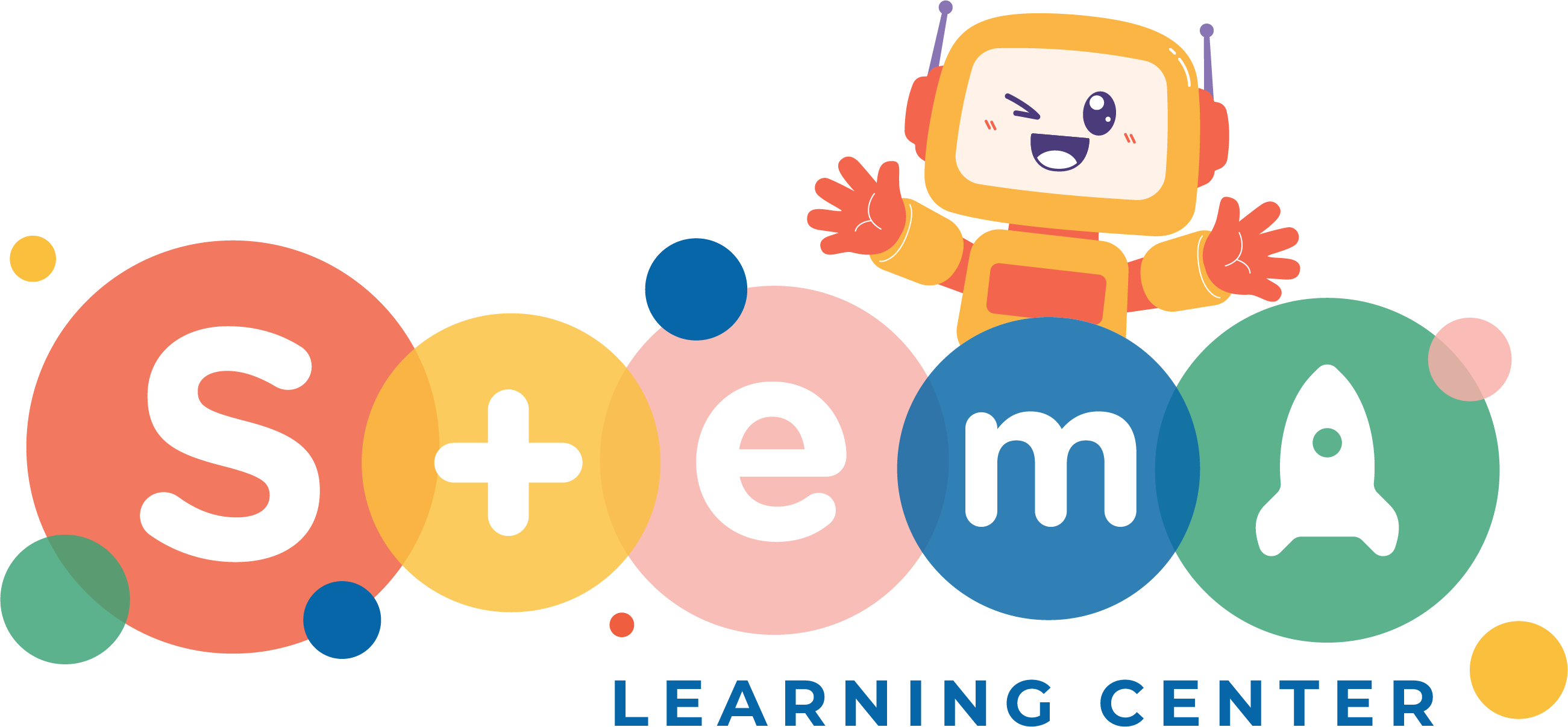The Importance of STEAM Education in Preparing for the Future Generation

Introduction
As we step into the era of rapid technological advancements and automation, it is crucial to equip the future generation with the necessary skills and knowledge to thrive in the changing world. One educational approach that has gained significant attention is STEAM education.
What is STEAM Education?
STEAM stands for Science, Technology, Engineering, Arts, and Mathematics. It is an interdisciplinary approach to learning that combines these five subjects to foster critical thinking, problem-solving, creativity, and innovation.
The Benefits of STEAM Education
1. Developing Critical Thinking Skills: STEAM education encourages students to think critically and analytically. It teaches them to ask questions, gather information, and evaluate evidence to make informed decisions.
2. Enhancing Problem-Solving Abilities: Through hands-on projects and real-world applications, STEAM education helps students develop problem-solving skills. They learn to identify challenges, brainstorm solutions, and implement them effectively.
3. Fostering Creativity and Innovation: The arts component of STEAM education nurtures creativity and encourages students to think outside the box. It promotes innovative thinking and empowers students to come up with unique solutions to complex problems.
4. Building Teamwork and Collaboration: Many STEAM projects require students to work in teams, promoting collaboration and teamwork. They learn to communicate effectively, share ideas, and work together towards a common goal.
5. Preparing for the Future Job Market: The future job market will heavily rely on technology and innovation. STEAM education equips students with the skills and knowledge needed to thrive in these fields. It opens up opportunities in various sectors, including engineering, computer science, healthcare, and more.
Implementing STEAM Education
1. Integration into Curriculum: Schools can integrate STEAM education into their curriculum by incorporating interdisciplinary projects and activities that combine science, technology, engineering, arts, and mathematics.
2. Professional Development for Teachers: Teachers play a crucial role in delivering effective STEAM education. Providing them with professional development opportunities and resources can enhance their teaching abilities.
3. Collaboration with Industries: Collaborating with industries and experts in STEAM fields can provide students with real-world experiences and insights. Guest speakers, field trips, and internships can further enhance their understanding and interest in STEAM subjects.
Conclusion
STEAM education is essential in preparing the future generation for the challenges and opportunities of the evolving world. It equips students with the skills and mindset needed to thrive in a technology-driven society. By fostering critical thinking, problem-solving, creativity, and collaboration, STEAM education empowers students to become innovative leaders and contributors to society.
Register your kids for our STEAM (coding, robotics, digital arts) program today!
Surrey Location: https://stemalearning.com/index.php/product/all-in-one-steam/
Vancouver Location: https://vancouver.stemalearning.com/index.php/product/steam-monthly-membership/
